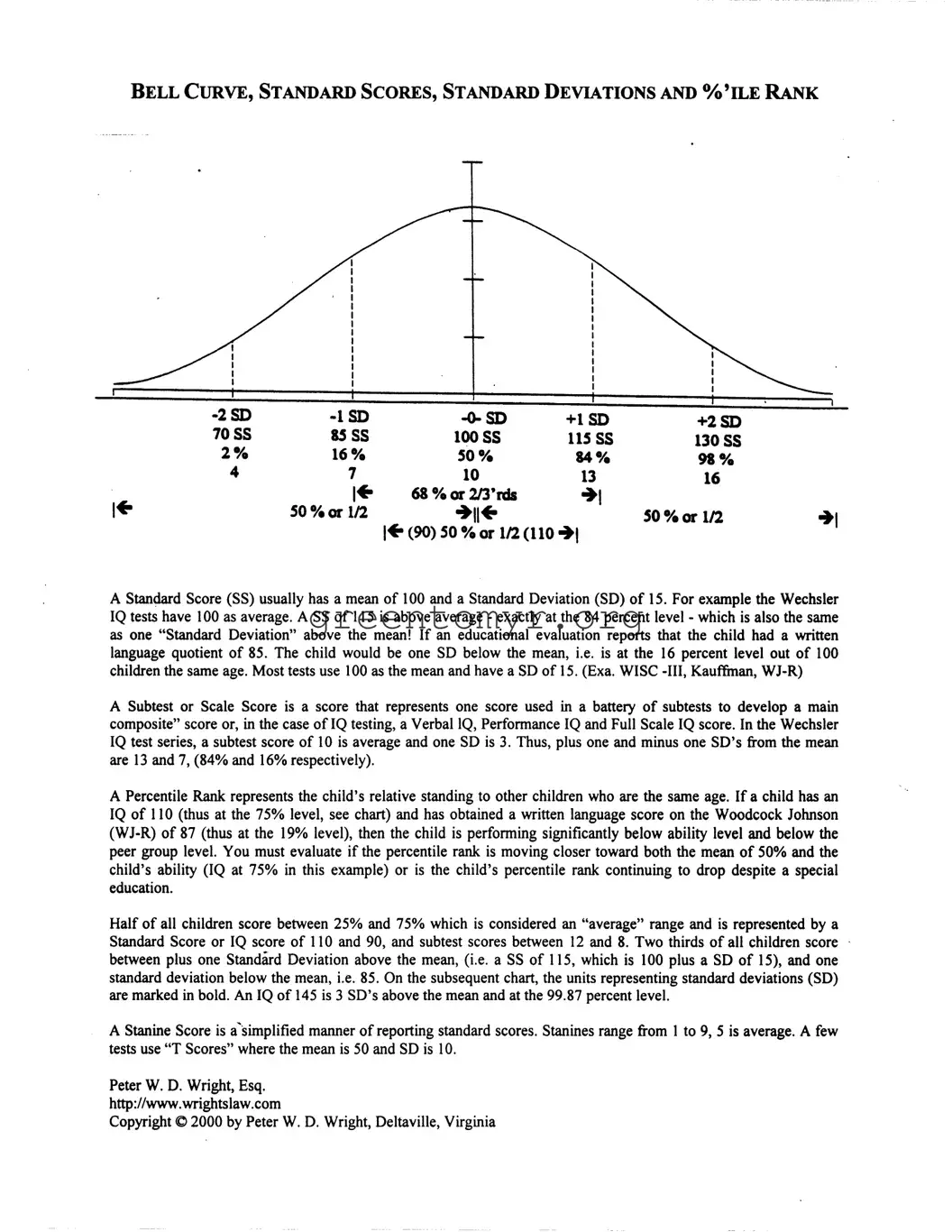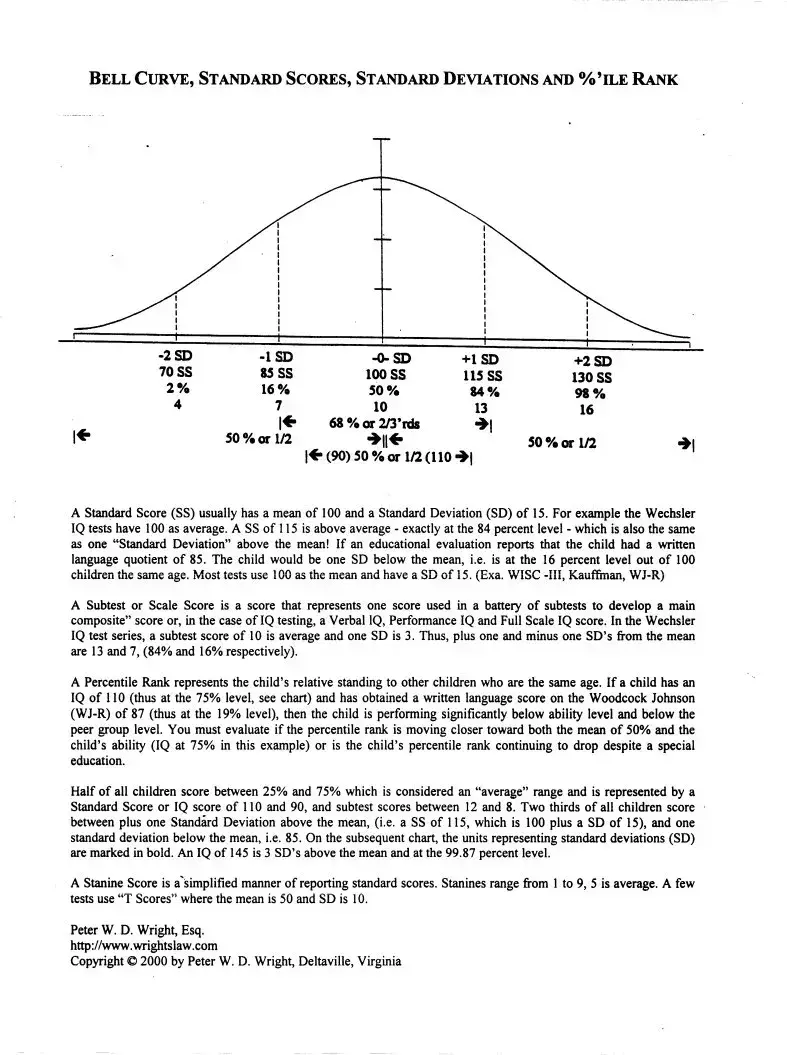Completing the Bell Curve form presents several challenges that can lead to inaccuracies. One common mistake occurs when individuals fail to understand the significance of standard deviations in relation to the scores. If users overlook that a mean score of 100 and a standard deviation of 15 are standard for most tests, they may misinterpret their child's performance. For instance, a score of 85 is one standard deviation below the mean, indicating a significantly different standing than intended.
Another mistake stems from incorrectly interpreting the percentile rank. People often assume that a higher percentile correlates directly with better performance without considering the context. For example, a child with an IQ of 110 at the 75th percentile may seem strong, but a written language score of 87 at the 19th percentile reveals that their overall performance is lagging, which goes unnoticed due to a lack of comparative analysis.
Inaccurate calculations of subtest scores also hinder proper understanding. The Bell Curve form outlines the average subtest score as 10, with a standard deviation of 3. Failing to note these benchmarks can lead to the erroneous categorization of scores. For instance, a subtest score of 8 may be interpreted as hopelessly below average without acknowledging it is one standard deviation below.
Some people mislabel the Stanine score, which simplifies standard scores. When using this scale, individuals sometimes conflate the values, misunderstanding that a Stanine of 5 is average. Such misconceptions can lead to misguided evaluations of a child’s capabilities.
Another frequent error involves disregarding the importance of the composite score. Users might focus solely on individual subtest performances and miss the larger picture that the composite score provides about overall cognitive ability. Not considering the composite score can misrepresent a student's academic potential.
The misuse of terms within the context of the Bell Curve form also poses challenges. When individuals interchange concepts such as Standard Score (SS) and Standard Deviation (SD), confusion ensues. Clear distinctions must be understood to avoid conflating these vital metrics.
Many individuals neglect to evaluate the direction of a child's scores over time. A child’s percentile rank may continue to drop despite special education interventions, and if this shift is not noticed, it can hinder necessary adjustments in educational strategies.
Failure to apply the correct benchmark ranges represents a significant oversight. Individuals may mistakenly apply percentile ranks or score interpretations without realizing that most tests expect scores within the 25% to 75% range to be considered average. This fundamental error can result in misguided assumptions regarding a child's abilities.
Lastly, individuals often forget to consult the accompanying charts or guidelines thoroughly. The Bell Curve’s rationale extends beyond the numbers; without proper reference to the charts depicting degrees of deviation, the indicated results can be taken out of context. Missing this critical information creates a disconnect in understanding the data presented in the form.

